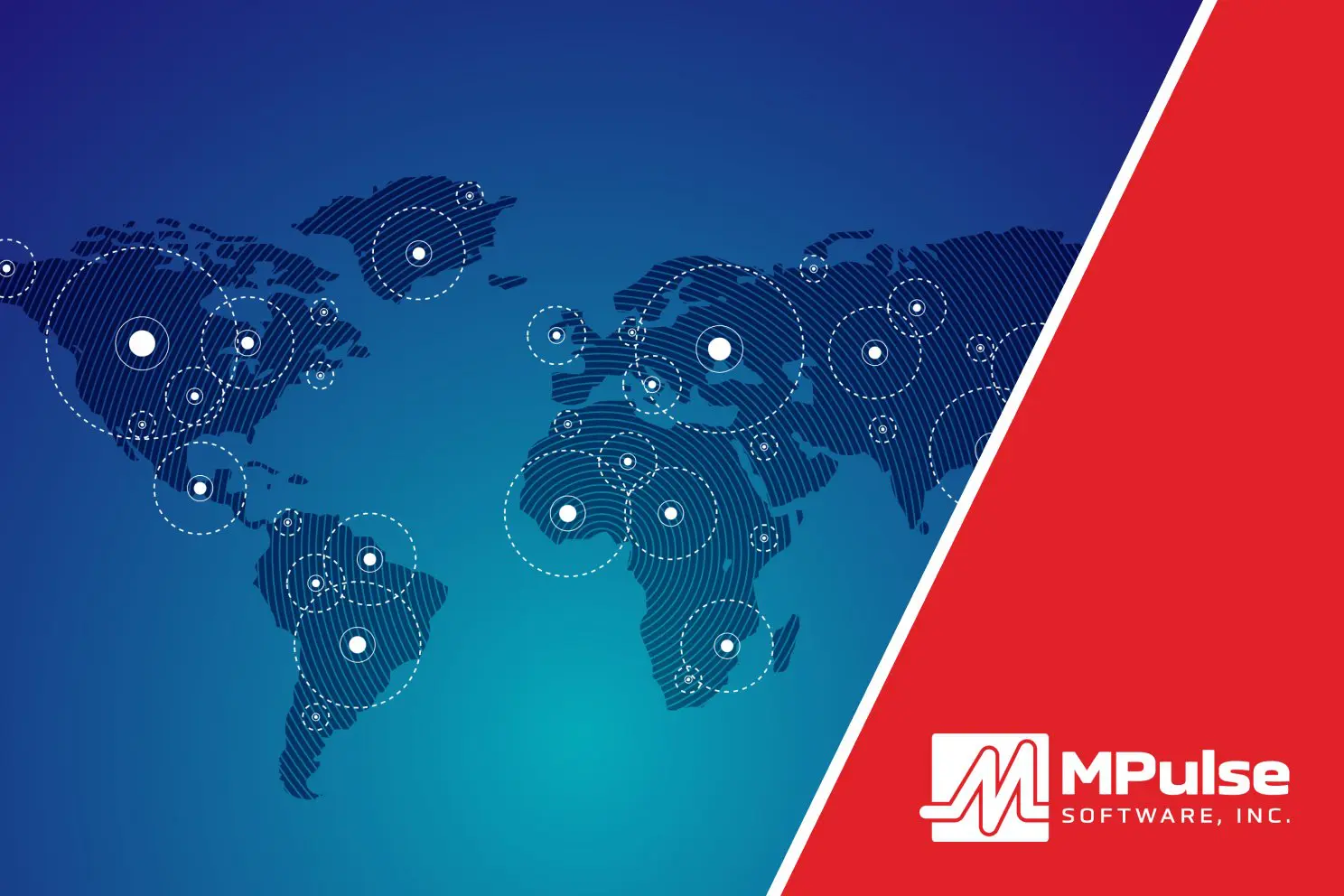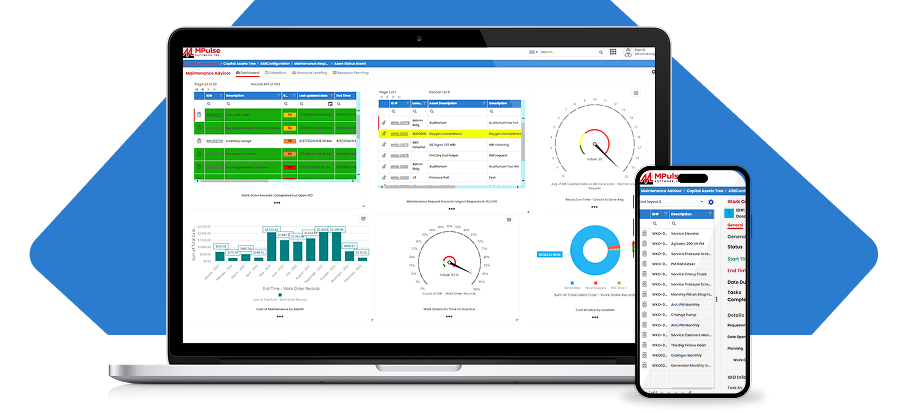Expand your CMMS to multiple locations easily and avoid unique challenges.
You want to ensure your maintenance processes, reporting needs, and data are the same at each site. As a result, you need careful planning for a successful implementation across all locations.
Start by following our tips for successfully implementing a multi-site CMMS system.
10 Steps to a Successful Multi-Site CMMS Implementation
Putting CMMS software in place across multiple locations can seem daunting. Follow these 10 steps to get through planning, data migration, training, and “go-live” day on each site.
1. Define your successful implementation
You need to know where you’re going to get there. Take the time to visualize the end result, so you have a goal in mind before you start. Who will use the software and why? What data do you need to collect? What reports do you need? Who will be in charge of what at each location?
2. Define user groups and workflows
Develop a detailed list of each user group (i.e., managers, technicians, administrators, support personnel, IT, etc.) and how they’ll use the system. Also, identify different user groups at different locations, if necessary.
3. Determine what data needs to be imported
You might have old data that you want to include in a new system. Identify that data now. Note that some people prefer to start fresh. Your legacy data and old work orders remain where they are for historical reference, and you simply add assets, parts, and preventive maintenance schedules to the new system.
4. Review and/or import data collection
Clean data pays off in accurate reporting later. Start by taking the extra step of reviewing the data before you import it. Sometimes you can do this task yourself or enlist the help of a power user or an internal IT specialist. But if that’s not the case, hire some help.
5. Design reports and a database layout
With CMMS software, every work order builds up a treasure trove of maintenance data in your CMMS database. Your long-term goal should be to turn your maintenance data reports into actionable insight. Know what you need to know. That will help you design the data you collect and the way you report on it.
6. Develop a training plan and curriculum
Probably one of the most important—and overlooked—steps is training. However, teaching your staff members to use your new CMMS software pays off with every work order. Data accuracy and speed will improve, and your job will be easier because of it. Look to your CMMS vendor for help, if you need it.
7. Choose the flagship location to serve as the primary site model for implementation
Pick one location that will serve as the flagship site. You’ll go through the implementation process here first. Identify problems, and get them worked out now, before you go live with your new CMMS software.
8. Test primary site model and make revisions as necessary
Verify if all field names are correct; the correct data is in the correct fields; assets lists are complete; parts and inventory lists are complete; scheduled tasks have transferred correctly; and key historical data is available. If you need to make changes, this is the time to do it.
9. Go live
You made it! As your team starts using the software for their work, take the time to make sure everything worked the way you wanted. The work you put in here will pay off when it’s time to duplicate the process at another location.
10. Repeat for each additional location
Take your implementation plan from your primary site and repeat for each site.
The Essential Guide to a Multi-Site CMMS
If you want to standardize your workflow processes and reporting across locations, MPulse Multisite Connector will get you there. You can save time and money at every site (and for the organization as a whole) by using MPulse to…
- Track work orders, breakdowns, asset health, and other key metrics
- Streamline stocking, ordering, and other inventory processes
- Gather and report data
Need help? We’re here for you. The MPulse Multi-site Implementation Program (MSIP) is a CMMS implementation program designed to take you from software purchase through successful implementation across two or more site locations, without missing any critical steps along the way. If you want to standardize your workflow processes and reporting across locations, this MPulse implementation program will get you there.
MPulse MSIP gets you through planning, data migration, training, and “go-live” day on each site. As a result, your processes, reporting needs, data types, and data imports are the same at each location. Then we provide tailored recommendations and follow-up so you can measure your progress against goals. Designed to accelerate your software implementation and reduce your ramp-up time, MPulse MSIP minimizes disruptions and helps you achieve a faster return on investment.
[related-content]
Learn more about how an enterprise CMMS can help you manage multiple locations. Contact us.


